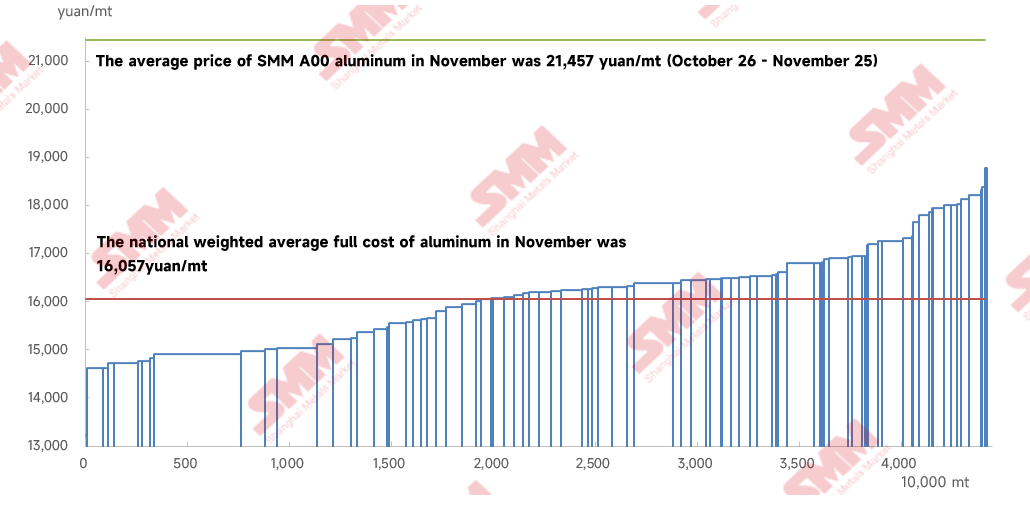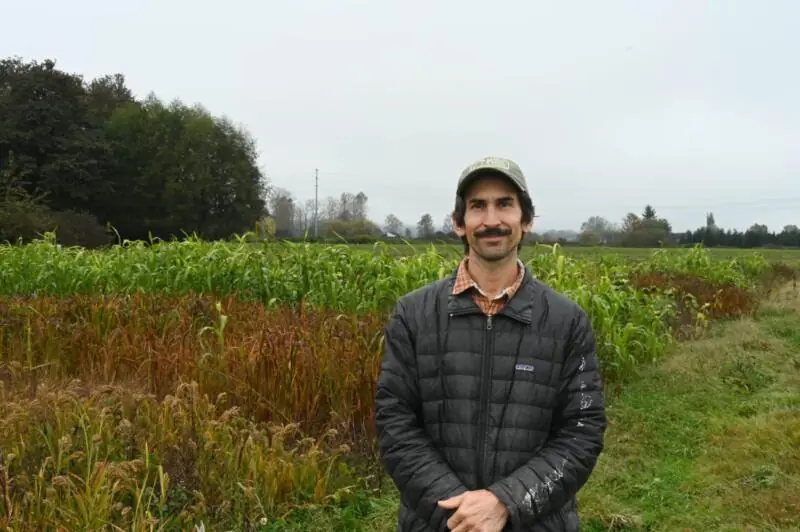Florida Conservation Group safeguards 7,300 acres of working lands in Levy County – Florida Politics

Conservation Initiative in Levy County Advances Florida’s Sustainable Development Goals
Executive Summary
A collaborative effort led by the Florida Conservation Group (FCG), in partnership with state agencies, has resulted in the permanent protection of over 7,300 acres of vital working lands in Levy County, Florida. This initiative directly supports the achievement of several United Nations Sustainable Development Goals (SDGs), particularly those concerning terrestrial ecosystems, sustainable agriculture, and climate action. By securing conservation easements on working forests and farmlands, the project provides a strategic response to rapid regional development, ensuring the preservation of natural resources and ecological services for future generations.
Project Details and SDG Alignment
Conservation Program Implementation
The successful protection of this significant acreage was achieved through the coordinated application of two key state programs, demonstrating a powerful partnership model for sustainable development (SDG 17). The allocation was as follows:
- Florida Forever Program: Facilitated the conservation of over 3,800 acres of working forests, prioritizing lands of high ecological significance. This action directly contributes to SDG 15 (Life on Land) by protecting forest ecosystems.
- Rural and Family Lands Protection Program (RFLPP): Secured more than 3,500 acres of agricultural land, ensuring its continued use for farming and ranching. This supports SDG 2 (Zero Hunger) by safeguarding food production capacity and promoting sustainable agriculture.
This dual-program approach highlights a comprehensive strategy to protect diverse working landscapes integral to Florida’s environmental and economic health.
Direct Contributions to Sustainable Development Goals
SDG 15: Life on Land
The project is a significant advancement for SDG 15. By preventing the subdivision and development of these properties, the initiative achieves several key targets:
- Halting Habitat Fragmentation: The conservation easements ensure that large, contiguous tracts of land remain intact, which is critical for maintaining the Florida Wildlife Corridor and supporting biodiversity.
- Sustainable Forest Management: Protecting over 3,800 acres of working forests promotes practices that maintain their ecological and economic value in perpetuity.
- Protecting Biodiversity: These lands provide essential habitat for wildlife, contributing to the protection of native species and the overall health of terrestrial ecosystems.
SDG 2 & SDG 11: Zero Hunger and Sustainable Communities
The initiative addresses the interconnected challenges of food security and urban expansion. By preserving 3,500 acres of farmland, the project supports SDG 2 by protecting the agricultural land base from development. Simultaneously, it contributes to SDG 11 by creating a buffer against urban sprawl, preserving green space, and safeguarding the rural character and economic viability of local communities that depend on agriculture.
SDG 6 & SDG 13: Clean Water and Climate Action
The protected landscapes provide critical ecosystem services that align with global climate and water goals.
- SDG 6 (Clean Water and Sanitation): The forests and farmlands play a vital role in protecting water resources through natural filtration and aquifer recharge, ensuring higher water quality for the region.
- SDG 13 (Climate Action): The preservation of thousands of acres of forestland enhances carbon sequestration, contributing to climate change mitigation and improved air quality.
Stakeholder Perspectives and Strategic Importance
A Model for Sustainable Land Management
Project stakeholders emphasize the urgency and long-term benefits of this conservation effort. Julie Morris, executive director of FCG, noted that these programs are Florida’s “most powerful tools to safeguard our working lands,” which provide essential services like clean air, water protection, and food security. Landowner Dr. T.R. Baxter highlighted that without such protection, economic pressures could lead to habitat fragmentation, whereas this action ensures the land “will remain intact in perpetuity,” benefiting both people and wildlife.
The initiative serves as a critical model for proactive land conservation in regions facing intense development pressure. As stated by FCG Board member Don Quincey, “if we’re going to preserve Florida’s rural lands, the time to act is now.” This project demonstrates how strategic partnerships can effectively advance a sustainable future by protecting the natural systems that support both the environment and human communities, directly aligning with the comprehensive vision of the Sustainable Development Goals.
Analysis of Sustainable Development Goals (SDGs) in the Article
1. Which SDGs are addressed or connected to the issues highlighted in the article?
-
SDG 2: Zero Hunger
- The article addresses SDG 2 by focusing on the preservation of agricultural land. The protection of “3,500 acres of agricultural land” through the Rural and Family Lands Protection Program (RFLPP) is a direct action to safeguard “food security” and “sustainable agriculture,” which are central to this goal.
-
SDG 6: Clean Water and Sanitation
- The conservation efforts described in the article directly connect to SDG 6. The text explicitly states that protecting these lands helps to “protect our water resources” and leads to “increased water quality,” which are key objectives of ensuring the availability and sustainable management of water.
-
SDG 11: Sustainable Cities and Communities
- The article connects to SDG 11 by addressing the pressures of urban expansion. The conservation easements are presented as a tool to counteract “rapid growth” and prevent “sprawl.” By protecting “green space” and rural landscapes on the edge of developing areas, the initiative supports sustainable land-use planning.
-
SDG 15: Life on Land
- This is the most prominent SDG in the article. The entire initiative is centered on protecting terrestrial ecosystems, including “more than 3,800 acres of working forests.” The text highlights the benefits for biodiversity, such as providing “wildlife habitat,” preventing “fragmented habitat,” and ensuring “Wildlife Corridor continuity.”
-
SDG 17: Partnerships for the Goals
- The article is a clear example of SDG 17 in action. The success of the conservation effort is attributed to “coordinated efforts” between a civil society organization (Florida Conservation Group), and two state government agencies (Florida Department of Agriculture and Consumer Services and Florida Department of Environmental Protection). This public-private partnership is essential for achieving the conservation outcomes.
2. What specific targets under those SDGs can be identified based on the article’s content?
-
Target 2.4: By 2030, ensure sustainable food production systems and implement resilient agricultural practices.
- The article supports this target by highlighting the preservation of “3,500 acres of agricultural land” through the RFLPP, a program “focused on keeping ranches and farmlands in operation” to ensure “food security.”
-
Target 6.6: By 2020, protect and restore water-related ecosystems, including mountains, forests, wetlands, rivers, aquifers and lakes.
- The conservation of over 7,300 acres of forests and farmland, which are explicitly stated to “protect our water resources” and improve “water quality,” directly contributes to this target.
-
Target 11.a: Support positive economic, social and environmental links between urban, peri-urban and rural areas by strengthening national and regional development planning.
- The article describes a direct response to “unbelievable growth” in the region. By using state programs to protect rural lands from “sprawl,” the initiative strengthens regional planning and preserves the environmental integrity of areas adjacent to developing zones.
-
Target 15.1: By 2020, ensure the conservation, restoration and sustainable use of terrestrial and inland freshwater ecosystems and their services, in particular forests.
- The permanent protection of “more than 7,300 acres of working forests and farmland” is a direct action towards the conservation of terrestrial ecosystems as outlined in this target.
-
Target 15.5: Take urgent and significant action to reduce the degradation of natural habitats, halt the loss of biodiversity.
- The article emphasizes that the project prevents the subdivision of property, which would result in “fragmented habitat.” By keeping the land intact, it protects “wildlife habitat” and ensures “Wildlife Corridor continuity,” directly addressing the goals of this target.
-
Target 17.17: Encourage and promote effective public, public-private and civil society partnerships.
- The project’s success is based on the partnership between the Florida Conservation Group (civil society), and the state’s FDACS and DEP (public entities), using programs like RFLPP and Florida Forever. This collaboration is a model for the partnerships described in this target.
3. Are there any indicators mentioned or implied in the article that can be used to measure progress towards the identified targets?
- Yes, the article provides a clear and quantifiable indicator for measuring progress.
-
Indicator: Area of land protected. The primary indicator mentioned is the total acreage secured for permanent protection. The article provides specific figures that can be used to measure progress towards conservation targets like 15.1.
- Total protected land: “more than 7,300 acres”
- Protected working forests: “more than 3,800 acres”
- Protected agricultural land: “3,500 acres”
- The article also implies other, non-quantified indicators. It mentions benefits such as “increased air quality” and “increased water quality.” While these are outcomes of the conservation effort, the article does not provide specific data (e.g., parts per million of pollutants) to measure them. The concept of “Wildlife Corridor continuity” is also mentioned, implying a measure of habitat connectivity, but no specific metric is provided.
4. Create a table with three columns titled ‘SDGs, Targets and Indicators” to present the findings from analyzing the article.
| SDGs | Targets | Indicators |
|---|---|---|
| SDG 2: Zero Hunger | 2.4: Ensure sustainable food production systems and resilient agricultural practices. | 3,500 acres of agricultural land preserved to keep ranches and farmlands in operation. |
| SDG 6: Clean Water and Sanitation | 6.6: Protect and restore water-related ecosystems. | 7,300 acres of forests and farmland protected to safeguard water resources and improve water quality. |
| SDG 11: Sustainable Cities and Communities | 11.a: Support positive links between urban, peri-urban and rural areas. | Protection of rural landscapes to prevent sprawl in a region experiencing rapid growth. |
| SDG 15: Life on Land | 15.1: Ensure the conservation of terrestrial and inland freshwater ecosystems. 15.5: Reduce the degradation of natural habitats and halt biodiversity loss. |
More than 3,800 acres of working forests protected; Prevention of habitat fragmentation and preservation of Wildlife Corridor continuity. |
| SDG 17: Partnerships for the Goals | 17.17: Encourage and promote effective public, public-private and civil society partnerships. | Coordinated effort between Florida Conservation Group (civil society) and two state departments (public) through the RFLPP and Florida Forever programs. |
Source: floridapolitics.com
What is Your Reaction?
 Like
0
Like
0
 Dislike
0
Dislike
0
 Love
0
Love
0
 Funny
0
Funny
0
 Angry
0
Angry
0
 Sad
0
Sad
0
 Wow
0
Wow
0















































/environment-climate-change-and-health-(ech)/water-sanitation-hygiene-and-health-(wsh)/landfill-tuvalu-36092.tmb-1200v.jpg?sfvrsn=5c21fe40_1#)


.jpg.webp?itok=0ZsAnae9#)























